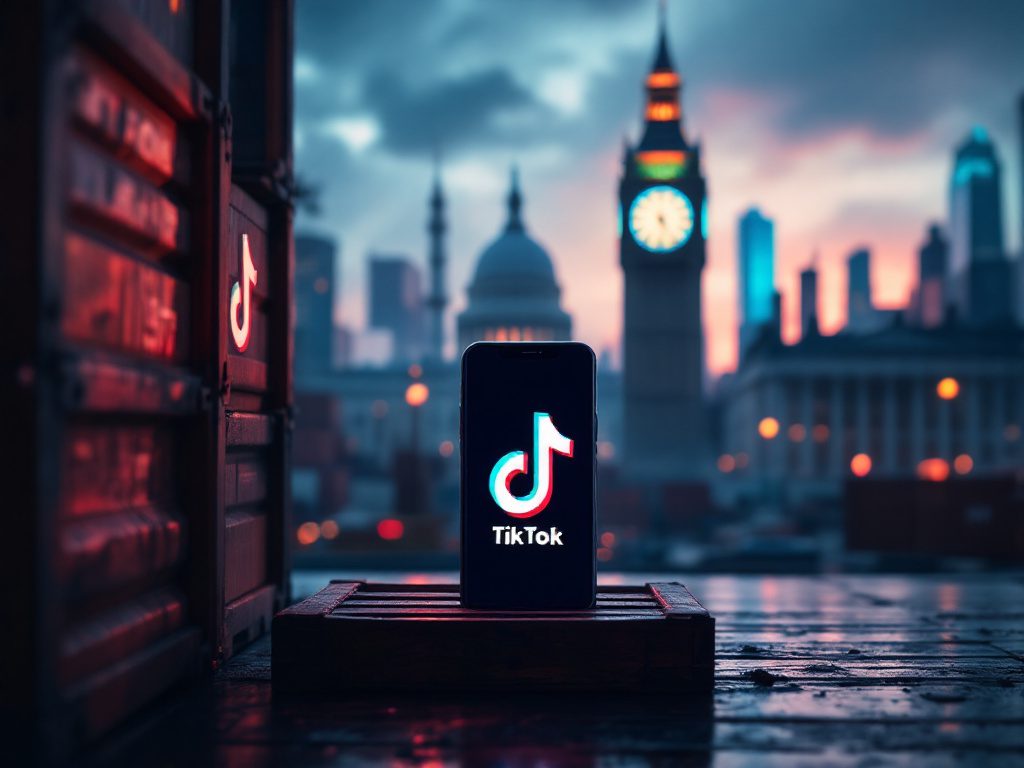The Art of Delay: Trump’s Evolving TikTok Ban Threat
Political theater in Washington often unfolds on grand scales, but few acts have felt as performative—and as revealing—as the ongoing saga of President Donald Trump and TikTok. You might recall the summer of 2020, when dire warnings emanated from the White House about the national security risks posed by the wildly popular social media app, owned by China-based ByteDance. By all accounts, the app was minutes away from a sweeping ban—a move that would shake up tech innovation, youth culture, and U.S.-China relations all at once.
Fast forward to today: despite his fiery early rhetoric about cutting TikTok off from millions of American users, Trump now seems increasingly reluctant to pull the trigger. In a recent NBC “Meet the Press” interview, he confessed, “I have a little warm spot in my heart for TikTok,” hinting at a far softer stance than his initial bluster suggested. Instead of resolute action, we have witnessed repeated deadline extensions: a 90-day delay in January, another 75-day reprieve in April, and now fresh indications he’ll punt again if a sale isn’t sealed by the looming June 19 deadline.
What has changed? A closer look reveals that Trump’s purported hardline posture is anything but consistent. Rather than acting on principle or policy, his approach to TikTok appears to shift according to political wind direction and the favor of whichever audience he values most in the moment. As one unnamed White House aide told Politico, “Decisions get made here based on TV coverage and polling more than by any real strategy.”
Tariffs, Geopolitics, and a Complicated Dance
This drama is set against a backdrop of escalating U.S.-China tensions. Just last month, China abruptly stepped away from a potential TikTok deal after Trump imposed tariffs of up to 145% on a swath of Chinese imports. The decision to ramp up tariffs wasn’t isolated—it’s part of a wider pattern of economic brinkmanship, one that has roiled markets and thrown corporate boardrooms from Silicon Valley to Shanghai into disarray. These actions carry consequences not just for diplomatic relations, but for American consumers and workers who are already feeling the pinch of inflation and supply chain disruptions.
What does the TikTok situation really reveal about U.S. tech policy under conservative leadership? Many experts, including Harvard’s digital policy scholar Samantha Jameson, point to its fundamentally reactive nature. “We see bans and sales mandates announced with fanfare, but what’s actually achieved?” she asks. “Most of these delays tell our global competitors that America can’t decide if it wants to lead on tech or simply grandstand.”
“The TikTok saga is less about national security and more about political performance art, with millions of young Americans caught in the crossfire.” — Harvard Digital Policy Scholar Samantha Jameson
By repeatedly shifting deadlines and failing to communicate a stable policy, Trump’s White House not only fueled uncertainty at home, but also signaled to Beijing and American tech giants alike that rules can change at a moment’s notice. Global business is built on stability, not spectacle. In fact, according to a 2023 Pew Research Center study, 61% of Americans expressed concern about the unpredictability of the country’s tech regulations, a worry most pronounced among younger generations deeply invested in social media platforms.
Political Calculus or Principled Policy?
Beneath layers of technical jargon and geopolitical posturing, this ever-moving deadline exposes an unflattering truth about conservative governance in the digital age. Trump’s willingness to delay the ban—despite earlier warnings and legislative deadlines—suggests a leader more interested in scoring short-term political points than establishing clear, equitable guidelines for tech companies or protecting data privacy in earnest.
The administration’s reluctance to provide durable solutions recalls prior episodes of wavering policy, from climate change agreements to attempts to dismantle the Affordable Care Act. These patterns have tangible impact: American businesses, uncertain of tomorrow’s rules, hesitate to invest or innovate. Meanwhile, young users—some 150 million Americans are on TikTok—remain in limbo, wondering if their favorite platform will vanish, morph, or become a pawn in the next trade negotiation.
Beyond that, critics argue that Trump’s oscillation belies an opportunistic approach to policy. When polls show strong youth engagement with TikTok, tough talk gives way to extensions and ambiguous praise. When concerns about Chinese influence rise, saber-rattling returns to the front page. Washington Post columnist Greg Sargent calls it “government by mood ring,” noting that such inconsistency signals weakness, not strength, to foreign adversaries and domestic stakeholders alike.
Progressive voices have pushed for a more measured, principled path: one that regulates social media platforms transparently, safeguards data rights, and encourages tech innovation without xenophobia or culture war posturing. While the challenge of balancing national security with digital freedom is real and complex, kicking the can down the road is not leadership—it’s abdication. Lasting solutions demand openness, engagement, and, above all, the courage to make tough calls fairly and firmly.
As the June 19 TikTok deadline approaches, Americans deserve more than back-and-forth headlines and empty bluster. This moment could be a turning point—if leaders choose principle over performance. If not, expect yet another act in the never-ending TikTok saga.

